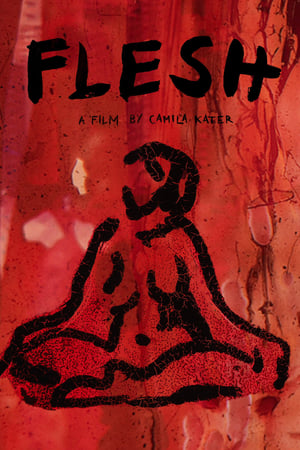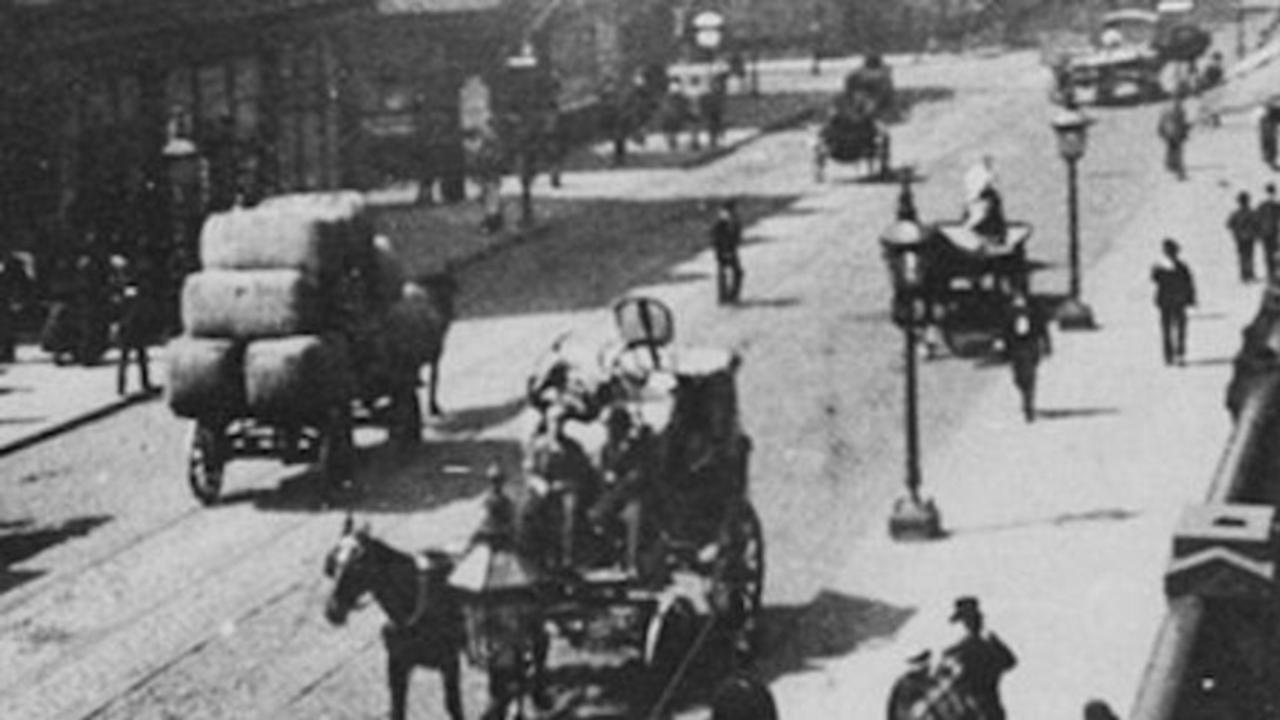
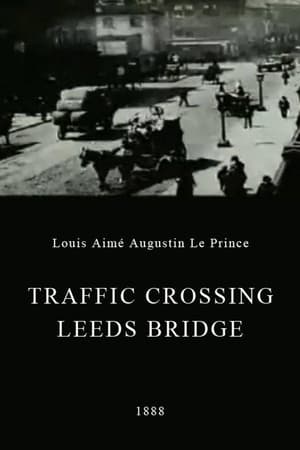
Traffic Crossing Leeds Bridge(1888)
A film by Louis Aimé Augustin Le Prince, shot in late October 1888, showing pedestrians and carriages crossing Leeds Bridge.
Movie: Traffic Crossing Leeds Bridge
Video Trailer Traffic Crossing Leeds Bridge
Recommendations Movies
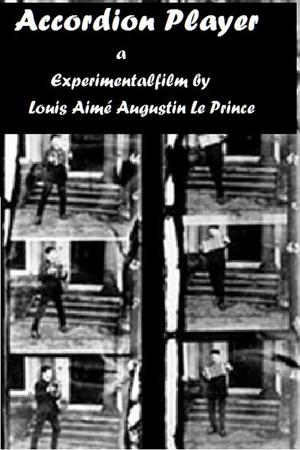 4.9
4.9Accordion Player(xx)
The last remaining film of Le Prince's LPCCP Type-1 MkII single-lens camera is a sequence of frames of his son, Adolphe Le Prince, playing a diatonic button accordion. It was recorded on the steps of the house of Joseph Whitley, Adolphe's grandfather.
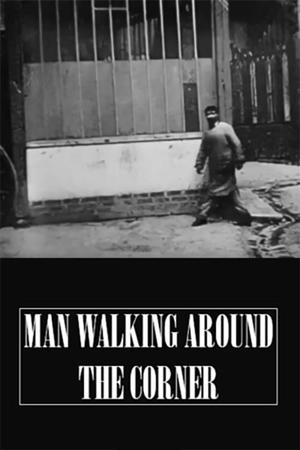 5.0
5.0Man Walking Around a Corner(xx)
The last remaining production of Le Prince's LPCC Type-16 (16-lens camera) is part of a gelatine film shot in 32 images/second, and pictures a man walking around a corner. Le Prince, who was in Leeds (UK) at that time, sent these images to his wife in New York City in a letter dated 18 August 1887.
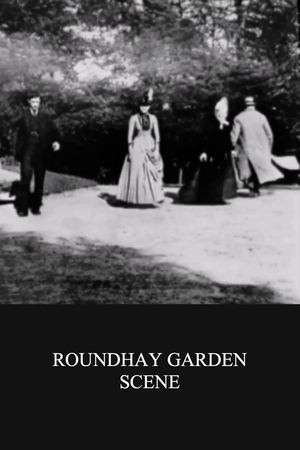 6.3
6.3Roundhay Garden Scene(en)
The earliest surviving celluloid film, and believed to be the second moving picture ever created, was shot by Louis Aimé Augustin Le Prince using the LPCCP Type-1 MkII single-lens camera. It was taken in the garden of Oakwood Grange, the Whitley family house in Roundhay, Leeds, West Riding of Yorkshire (UK), possibly on 14 October 1888. The film shows Adolphe Le Prince (Le Prince's son), Mrs. Sarah Whitley (Le Prince's mother-in-law), Joseph Whitley, and Miss Harriet Hartley walking around in circles, laughing to themselves, and staying within the area framed by the camera. The Roundhay Garden Scene was recorded at 12 frames per second and runs for 2.11 seconds.
 6.7
6.7Workers Leaving the Lumière Factory(fr)
Working men and women leave through the main gate of the Lumière factory in Lyon, France. Filmed on 22 March 1895, it is often referred to as the first real motion picture ever made, although Louis Le Prince's 1888 Roundhay Garden Scene pre-dated it by seven years. Three separate versions of this film exist, which differ from one another in numerous ways. The first version features a carriage drawn by one horse, while in the second version the carriage is drawn by two horses, and there is no carriage at all in the third version. The clothing style is also different between the three versions, demonstrating the different seasons in which each was filmed. This film was made in the 35 mm format with an aspect ratio of 1.33:1, and at a speed of 16 frames per second. At that rate, the 17 meters of film length provided a duration of 46 seconds, holding a total of 800 frames.
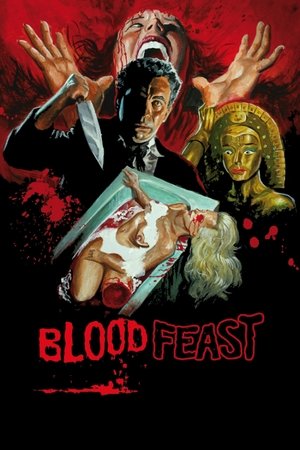 4.8
4.8Blood Feast(en)
In the sleepy suburbs of Miami, seemingly normal Egyptian immigrant Fuad Ramses runs a successful catering business. He also murders young women and plans to use their body parts to revive the goddess Ishtar. The insane Ramses hypnotizes a socialite in order to land a job catering a party for her debutante daughter, Suzette Fremont, and turns the event into an evening of gruesome deaths, bloody dismemberment and ritual sacrifice.
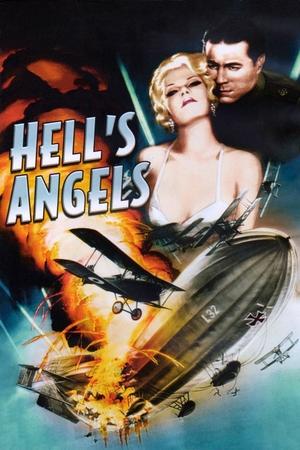 6.5
6.5Hell's Angels(en)
When the Great War breaks out, brothers Roy and Monte Rutledge, each attending Oxford University, enlist with the Royal Flying Corps.
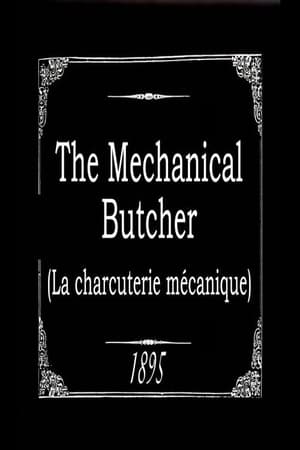 5.7
5.7The Mechanical Butcher(fr)
A butcher puts a full-grown live pig into his large box-like machine. Moments later, he draws out a full range of pork products, many already packaged for sale.
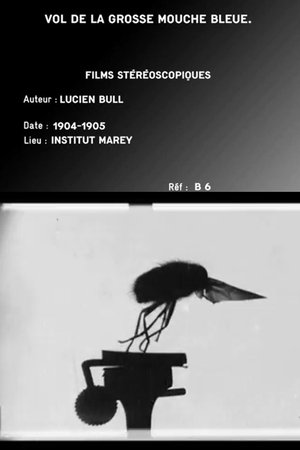 5.7
5.7Flight of the Large Blue Fly(xx)
Chronophotographic short film, possibly species Protophormia terraenovae, c. 1904-1905.
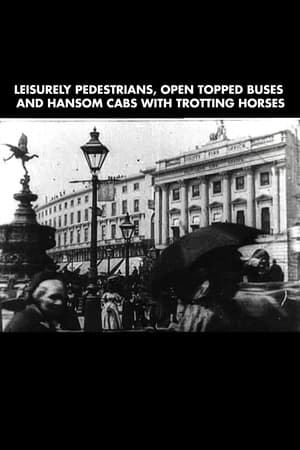 3.8
3.8Leisurely Pedestrians, Open Topped Buses and Hansom Cabs with Trotting Horses(xx)
Alleged silent black-and-white short film shot at Apsley Gate, Hyde Park, London. It was claimed to be the first motion picture until pre-dating footage shot by Louis Le Prince was discovered. It was never publicly shown and is now considered a lost film with no known surviving prints or stills.
 6.2
6.2The Centaurs(en)
A female centaur enters a clearing in the woods and picks flowers. She is met by a male centaur and the two romance each other. They then seek parental consent for their union. Surviving footage of a now lost film.
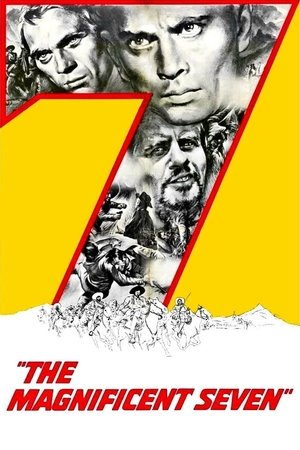 7.5
7.5The Magnificent Seven(en)
An oppressed Mexican peasant village hires seven gunfighters to help defend their homes.
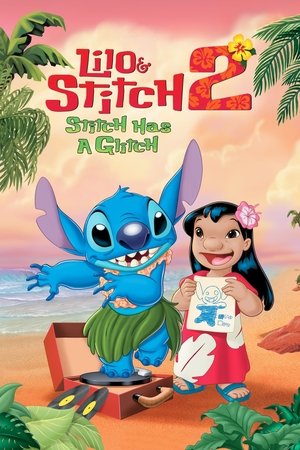 6.7
6.7Lilo & Stitch 2: Stitch Has a Glitch(en)
Now, we find the rowdy extraterrestrial getting used to life with his new ʻohana. However, a malfunction in the ultimate creation of Dr. Jumba soon emerges, which reinstates his destructive programming and threatens to both ruin his friendship with Lilo and to short him out for good!
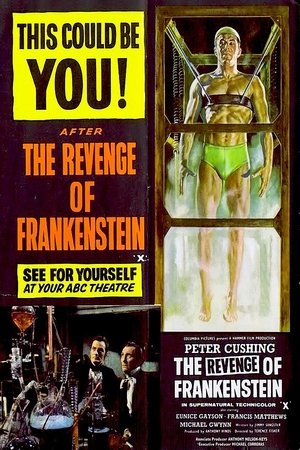 6.6
6.6The Revenge of Frankenstein(en)
Rescued from the guillotine by his devoted dwarf Fritz, the Baron relocates to Carlsbruck, where he continues his gruesome experiments.
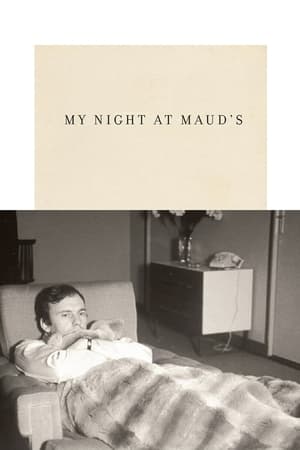 7.7
7.7My Night at Maud's(fr)
The Catholic Jean-Louis runs into an old friend, the Marxist Vidal, in Clermont-Ferrand around Christmas. Vidal introduces Jean-Louis to the modestly libertine, recently divorced Maud and the three engage in conversation on religion, atheism, love, morality and Blaise Pascal's life and writings on philosophy, faith and mathematics. Jean-Louis ends up spending a night at Maud's. Jean-Louis' Catholic views on marriage, fidelity and obligation make his situation a dilemma, as he has already, at the very beginning of the film, proclaimed his love for a young woman whom, however, he has never yet spoken to.
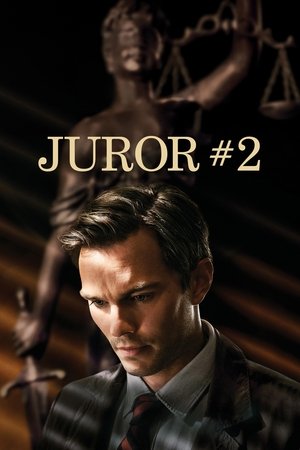 6.8
6.8Juror #2(en)
While serving as a juror in a high profile murder trial, family man Justin Kemp finds himself struggling with a serious moral dilemma…one he could use to sway the jury verdict and potentially convict—or free—the accused killer.
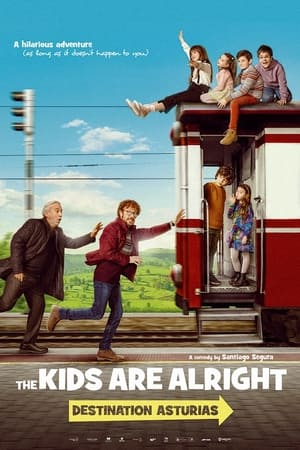 5.6
5.6The Kids Are Alright: Destination Asturias(es)
When Ricardo, a responsible father, decides to personally take his son to a camp in Asturias, other parents propose that he should also take care of their children. When the train is about to leave, Felipe, a flamboyant individual and grandfather of two of the children, shows up at the station.
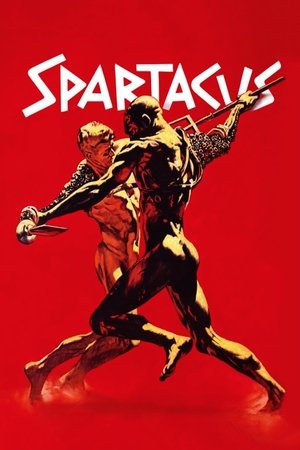 7.5
7.5Spartacus(en)
The rebellious Thracian Spartacus, born and raised a slave, is sold to Gladiator trainer Batiatus. After weeks of being trained to kill for the arena, Spartacus turns on his owners and leads the other slaves in rebellion. As the rebels move from town to town, their numbers swell as escaped slaves join their ranks. Under the leadership of Spartacus, they make their way to southern Italy, where they will cross the sea and return to their homes.
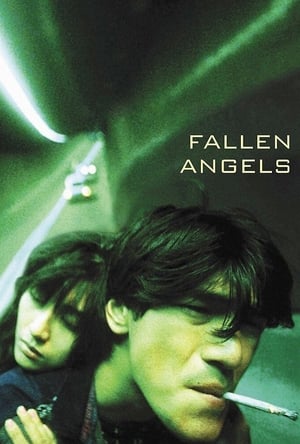 7.7
7.7Fallen Angels(cn)
An assassin goes through obstacles as he attempts to escape his violent lifestyle despite the opposition of his partner, who is secretly attracted to him.
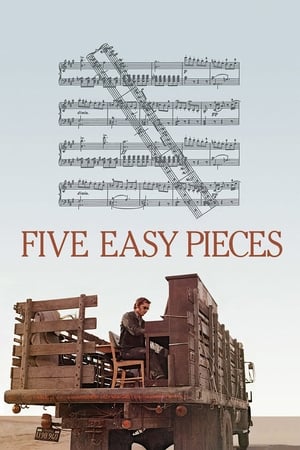 7.1
7.1Five Easy Pieces(en)
A drop-out from upper-class America picks up work along the way on oil-rigs when his life isn't spent in a squalid succession of bars, motels, and other points of interest.
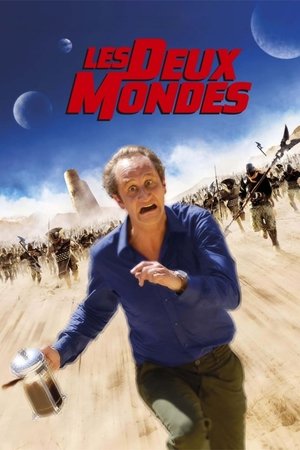 5.1
5.1Two Worlds(fr)
A French tradesman travels in time and liberates an oppressed tribe in another world.
Similar Movies
Florence(en)
Florence is a contemplative study of light and shadows, textures and planes, that makes beautiful use of the tonal qualities of black and white film. (mubi.com)
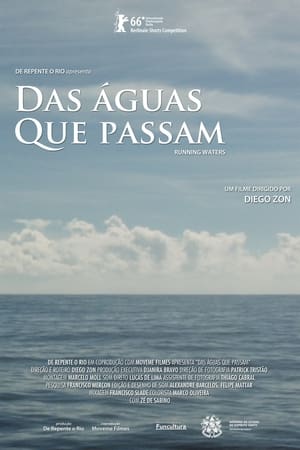 0.0
0.0Running Waters(pt)
A portrait of the daily life of Zé de Sabino, a fisherman who works and lives in the breathtaking village of Regência, Espirito Santo (located near the Rio Doce, which suffered one of the greatest environmental tragedy in Brazil's history). The vastness of man is a place suspended in time, bordered by sky, land, river, and sea.
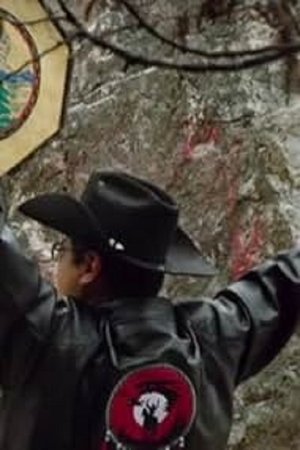 0.0
0.0The Spirit of the Tsilqot'in People is Hovering over the Supreme Court(en)
The Tŝilhqot’in Nation is represented by six communities in the stunningly beautiful interior of British Columbia. Surrounded by mountains and rivers, the Tŝilhqot’in People have cared for this territory for millennia. With increasing external pressures from natural-resource extraction companies, the communities mobilized in the early 21st century to assert their rightful title to their lands. Following a decision by the Supreme Court of British Columbia in 2007 that only partially acknowledged their claim, the Tŝilhqot’in Nation’s plight was heard in the Supreme Court of Canada. In a historic decision in 2014, the country’s highest court ruled what the Tŝilhqot’in have long asserted: that they alone have full title to their homelands.
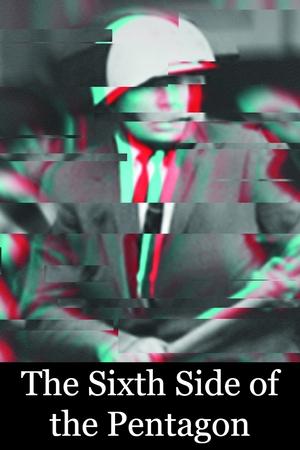 6.0
6.0The Sixth Side of the Pentagon(fr)
On October 21, 1967, over 100,000 protestors gathered in Washington, D.C., for the Mobilization to End the War in Vietnam. It was the largest protest gathering yet, and it brought together a wide cross-section of liberals, radicals, hippies, and Yippies. Che Guevara had been killed in Bolivia only two weeks previously, and, for many, it was the transition from simply marching against the war, to taking direct action to try to stop the 'American war machine.' Norman Mailer wrote about the events in Armies of the Night. French filmmaker Chris Marker, leading a team of filmmakers, was also there.
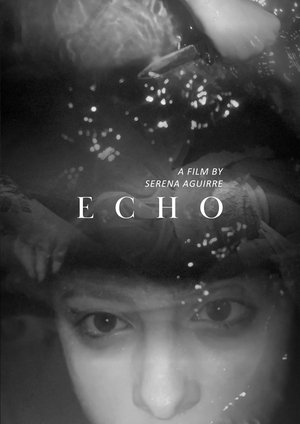 0.0
0.0Echo(en)
A reframing of the classic tale of Narcissus, the director draws on snippets of conversation with a trusted friend to muse on gender and identity. Just as shimmers are difficult to grasp as knowable entities, so does the concept of a gendered self feel unknowable except through reflection. Is it Narcissus that Echo truly longs for, or simply the Knowing he possesses when gazing upon himself?
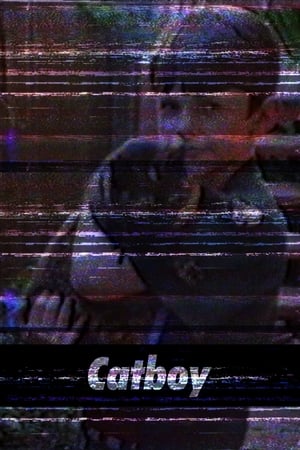 0.0
0.0Catboy(en)
A short documentary where director Dave Jackson digs into his catboy past and life after Cat Sick Blues.
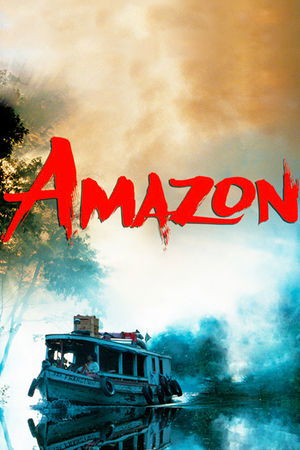 6.8
6.8Amazon(en)
Explore the mysterious Amazon through the amazing IMAX experience. Amazon celebrates the beauty, vitality and wonder of the rapidly disappearing rain forest.
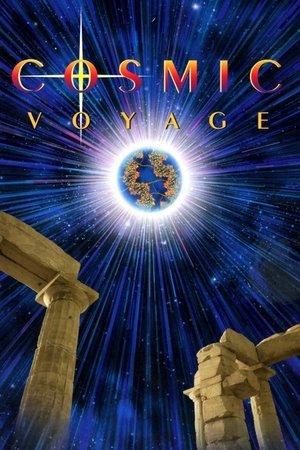 7.1
7.1Cosmic Voyage(en)
The Academy Award® nominee Cosmic Voyage combines live action with state-of-the-art computer-generated imagery to pinpoint where humans fit in our ever-expanding universe. Highlighting this journey is a "cosmic zoom" based on the powers of 10, extending from the Earth to the largest observable structures in the universe, and then back to the subnuclear realm.
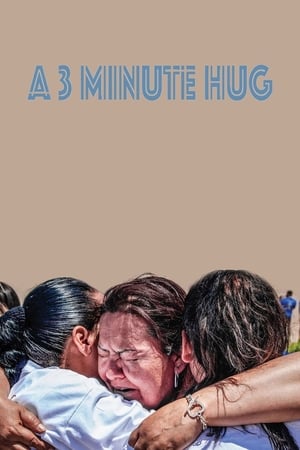 6.5
6.5A 3 Minute Hug(es)
As daylight breaks between the border cities of El Paso, Texas, and Juarez, Mexico, undocumented migrants and their relatives, divided by a wall, prepare to participate in an activist event. For three minutes, they’ll embrace in no man’s land for the briefest and sweetest of reunions.
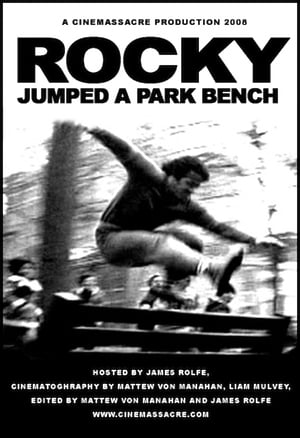 5.8
5.8Rocky Jumped a Park Bench(en)
A location tour of the Rocky filming locations in Philadelphia.
Seven Times a Day We Bemoan Our Lot and at Night We Get Up to Avoid Our Dreams(de)
A cinematic devotional book. Based on interviews with an unemployable sufferer (and his fellows), living in the East German countryside. Who lost his memory in 1989 and woke up into several nightmares.
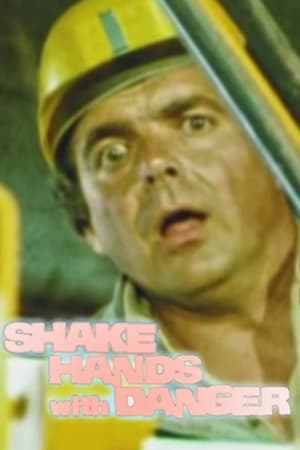 4.5
4.5Shake Hands with Danger(en)
This short cautionary training film examines dangers associated with earthmoving equipment operation, showing many simulated accidents on construction sites.
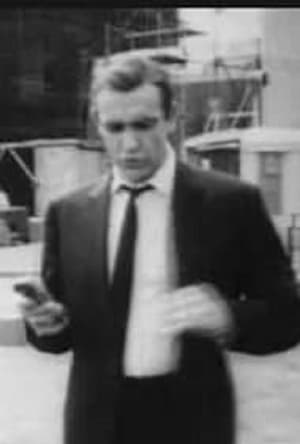 6.5
6.5The Guns of James Bond(en)
Short 1964 black-and-white documentary featurette hosted by Sean Connery and featuring the real-life inspiration for the character of Q, Major Geoffrey Boothroyd with a discussion of the gun weaponry used by James Bond.
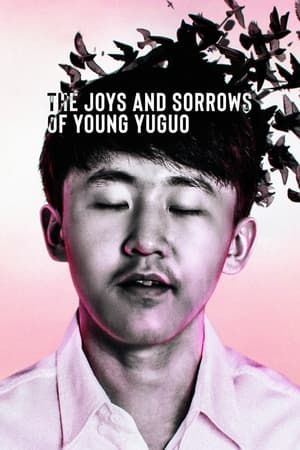 6.6
6.6The Joys and Sorrows of Young Yuguo(en)
16-year-old Yuguo, who has a passion for Eastern European romantic poetry, makes a pilgrimage from his home in China to the foothills of Romania’s Carpathian Mountains.
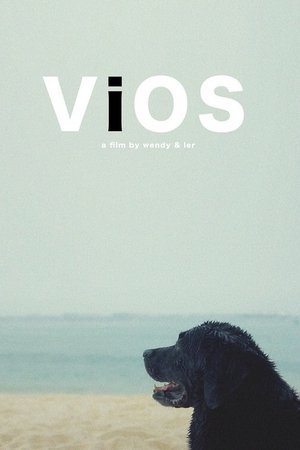 0.0
0.0Vios(en)
“At which point do you let go?…” – This is the central question of “Vios”, a short documentary that tracks the last days of a dog suffering from terminal cancer and how its owners struggle with the critical decision: whether or not to euthanise her. Shot over a 6-month period by the owners, Wendy and Ler, this intimate documentary is an unfettered access into the lives of the flmmakers, exposing their deepest vulnerabilities in face of this crisis, which had crushed their fnances and strained their relationship. Through their personal story, Wendy and Ler hope to create more awareness for dogs with cancer in Singapore and around the world.
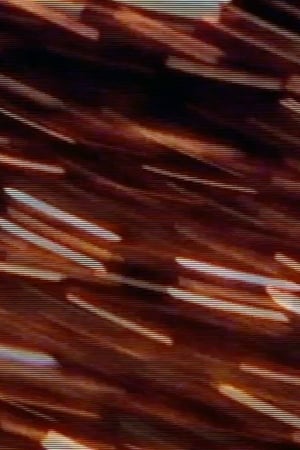 0.0
0.0Ritual by Rote(en)
A super 8 projection which references the essay “On the Jewish Question” by Karl Marx.
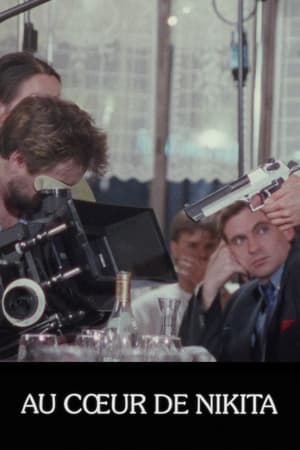 0.0
0.0Au coeur de Nikita(fr)
A documentary that captures some moments on set of filming of Luc Besson's "Nikita".

